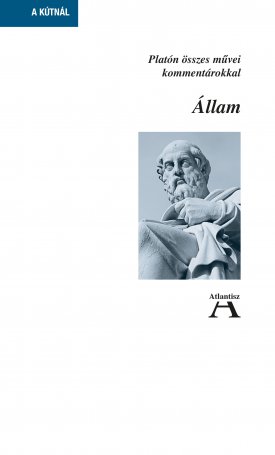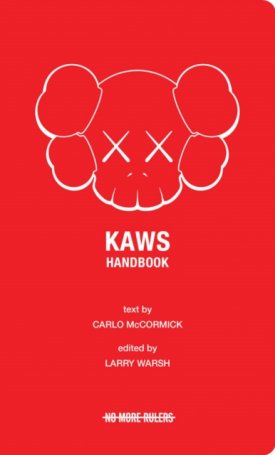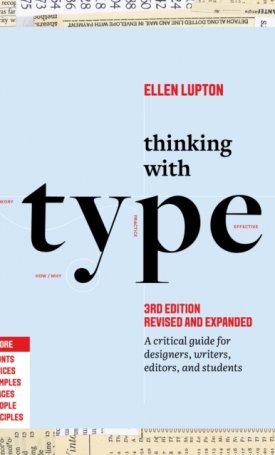The Fundamentals of Typography
ISBN: 9781350116948
Edition: 2.
Size: 200*230
Weight: 560 g
Page no.: 200
Publish year: 2019
The Fundamentals of Typography
The Fundamentals of Typography (Second Edition) introduce the fundamental principles of typographic theory and practice. It covers a wide range of subjects, including the history of typography, typographic detailing and the use of creative typography across a range of media. Packed with clear explanations, expanded illustrations and historical and contemporary examples from leading practitioners around the world. The second edition includes considerable new and revised content from the authors, including new case studies and student exercises.
Table of contents
Introduction. Type and language: The alphabet; Early printing; 1800s; The Arts and Crafts Movement; The early twentieth century; 1950s; 1960s; 1970s; 1980s; 1990s; Graphic design since 2000; Case study; Typography task. A few basics: Typefaces and fonts; Typeface anatomy; Relative and absolute measurements; X-height; Basic terminology; Majuscule and minuscule; Set width; The baseline grid; The Golden Section; The Fibonacci sequence; Dividing the page; Standard paper sizes; The page - how we read; Case study; Typography task. Letterforms: Type families; Typeweight variations; Frutiger`s grid; Types of serif; Fractions; Superscript and subscript; Numerals; Diacritical marks; Punctuation; Drop and standing capitals; Dashes; Character spacing; Expert sets and special characters; Small capitals; Ligatures, diphthongs and sans serif logotypes; Italic and oblique; Type classification systems; Newspaper text faces; Case study; Typography task. Words and paragraphs: Calculating line lengths; Kerning; Automated kerning tables; Alignment; Word spacing, hyphenation and justification; Type detailing; Leading; Indents; Indexes; Case study; Typography task. Using type: Hierarchy; Colour; Surprint, overprint; knockout and reverse; Printing and type realization; Type on screen; Grids and fonts; Generating type; Vectors and rasters; Legibility and readability; Texture; Type as image; Concrete poetry, typograms, trompe l`oeil and calligrammes; Humour; Environmental typography; Vernacular; Appropriation; Ownership; Case study; Typography task. Conclusion. Glossary. Index. Contacts. Working with ethics.
















